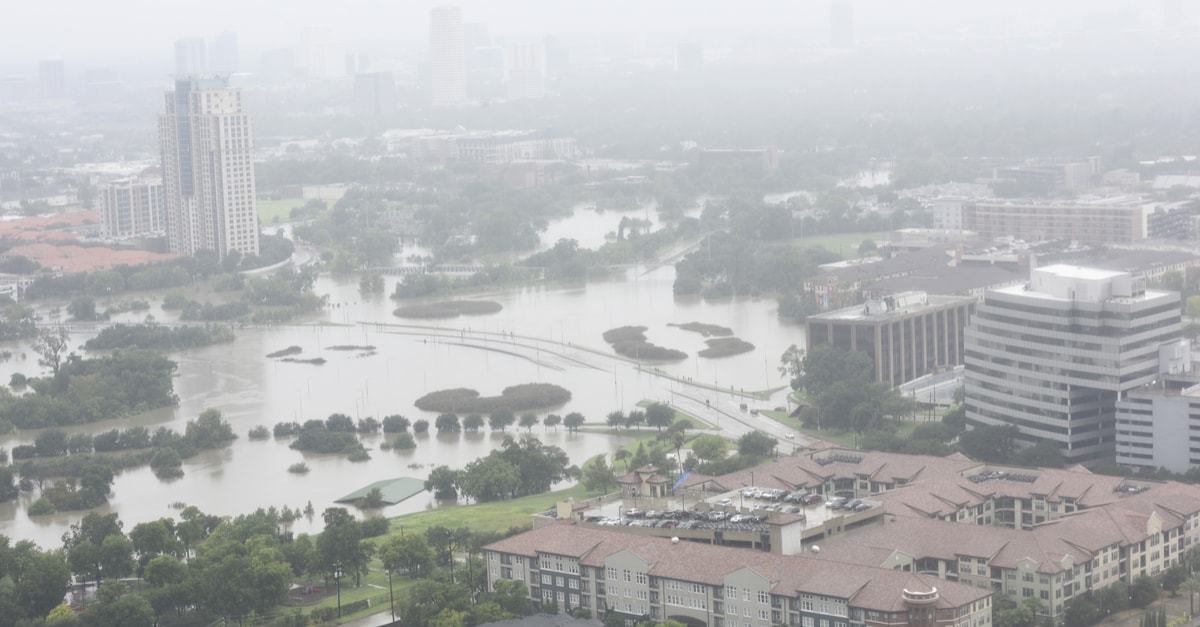You most likely have seen recent headlines about the impact of Hurricane Harvey, particularly its impact in southeastern Texas. The storm, the first major hurricane of the 2017 Atlantic hurricane season, has caused a death toll of at least 27 (and rising), and disastrous flooding in the Houston area.
One piece of news coverage about the storm’s impacts was a photo of residents at a nursing home submerged up to their waists – and, for some, their chests – in floodwaters, with seemingly no way to safely exit the building. Their particular story has a happy ending: all of the building’s residents, employees, and even their resident cats were airlifted out of the nursing home and relocated to a safe residence. However, the fact that this was able to happen is concerning, especially for those who have loved ones in nursing homes or assisted living facilities, and there are still many people in Houston who are trapped and in need of assistance. Looking at this specific disaster, nursing homes, assisted living facilities, and other healthcare facilities can get an accurate look at how large-scale natural disasters affect them and which measures are and are not effective, and hopefully be able to use this information to help their residents in the event of future emergencies.
The first detail to note in this case is supervision. Every nursing home should have trained, qualified staff working at all times who, in addition to understanding the facility’s day-to-day required tasks and what the residents need, should also know what to do in the case of an emergency for themselves and the residents. Staff members were present (and rescued) with the senior citizens in the photos, but multiple sources have reported that while they tried to contact emergency services early on, they were instructed to “stay put”, as they needed to follow protocol when evacuating them. If evacuation is unable to happen quickly, staff members should be well-versed in disaster preparation methods and should have a plan to reduce the amount of damage, if possible.
Every nursing home or assisted living facility should prepare ahead of time for such disasters, no matter how large or small, in order to ensure that when disaster strikes they are able to be helped quickly. It is crucial for these facilities to have previously-established relationships with their local emergency services (such as hospitals, fire stations, and police) so they will be able to get as much help as they can in the event of an emergency. In addition, regularly-updated risk management plans should be created, and facilities should be regularly inspected and updated in order to ensure that everything is up to code and will not exacerbate the damages of a potential emergency situation. The facility should also keep its insurance policies – including flood insurance, property insurance, equipment breakdown insurance, and business interruption coverage – up-to-date in order to be able to recover as quickly as possible after a disaster.
Caitlin Morgan specializes in insuring assisted living facilities and nursing homes and can assist you in providing insurance and risk management services for this niche market. Give us a call to learn more about our programs at 317.575.4454.


